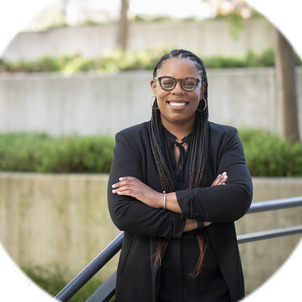That’s where my interest in biomechanics began, at the intersection of these two very strong passions of mine.
I’m currently involved in two research projects. I’ve been working with a team to develop a medical device that uses optics to screen for early infection in the waste fluid of peritoneal dialysis patients. We first invented this device in our BioE Senior Capstone course. The device will connect easily with the standard peritoneal dialysis setup and monitor the drainage fluid in real time during a dialysis session. At the end of the session, the device indicates either that all is well or that an infection might be present, so the patient can contact their doctor ASAP. It would allow the timeline from start of infection to treatment to be shortened so outcomes can be improved.
I also work as a research assistant at the Stanford Human Performance Lab. Most of my work has been for an osteoarthritis gait retraining study, which evaluates how changing the walking patterns of people with that disease could improve their disease management and outcome. Right now I’m working on a validation project to see how our estimates of knee loads compare to the actual data we get from instrumented knee replacements within the body. The work we’re doing could allow for the creation of patient-specific rehabilitation and physical therapy treatments that could be done at large scale and are cost and time effective. I love being able to see the impact of this work by getting to meet the osteoarthritis patients who come into the lab, where I first started in summer 2019.
To me, being an engineer means having flexibility and adaptability when solving a problem takes a turn, because this is always bound to occur. It means being able to work with a team, and assume different roles on a team. It also requires self-reflection — the ability to have a constantly evolving thought process.
The thing that inspires me about engineering is seeing all the new work happening at the intersection of engineering fields. This holds especially true for bioengineering, because it touches so many other fields, including psychology, and electrical and mechanical engineering. When I think about my multiple passions in different areas — including dance — I know that we can’t narrow ourselves to one specific field; we have to understand what it means as an engineer to use all the tools at your disposal, all your experiences, to create novel, cutting-edge work. That’s what really, really inspires me and fascinates me.
Related spotlights

Lara Weed

Sebastian Fernández

